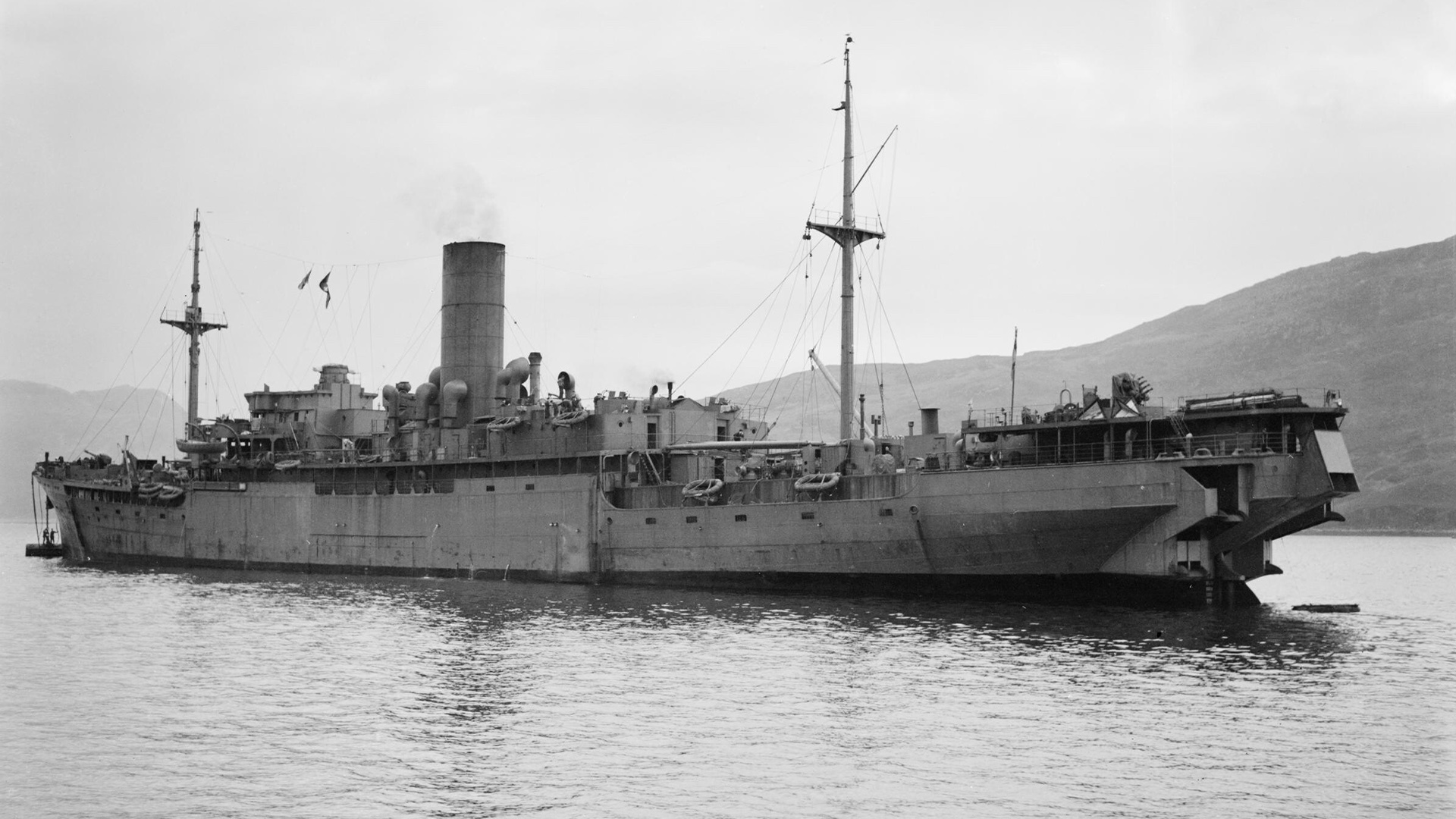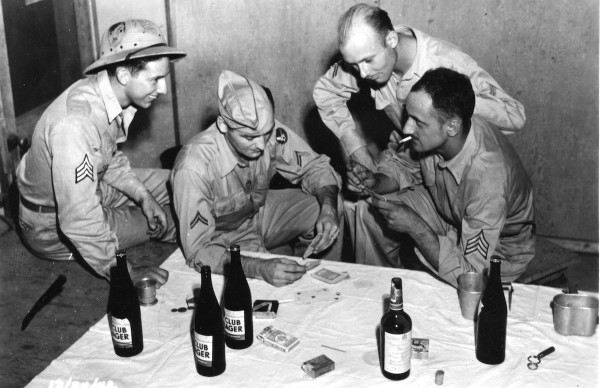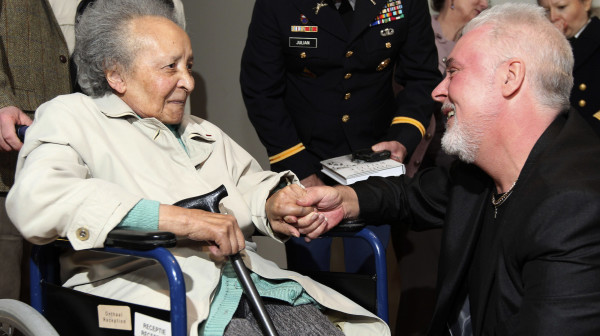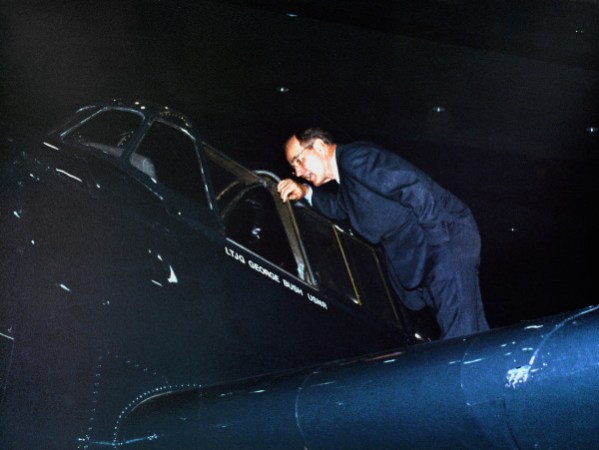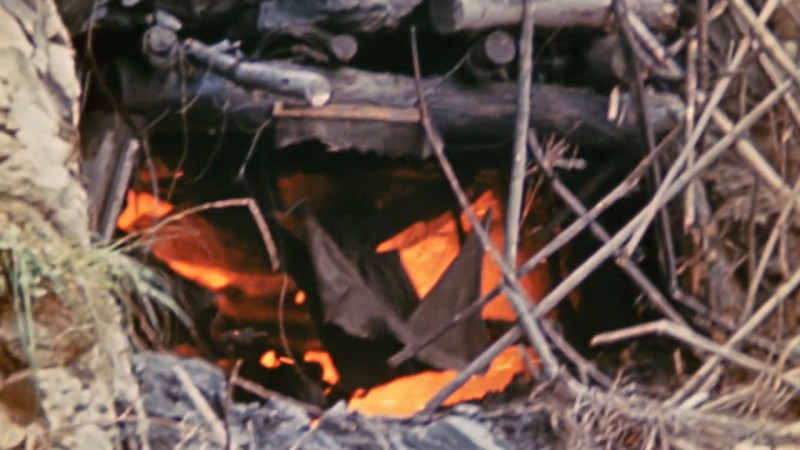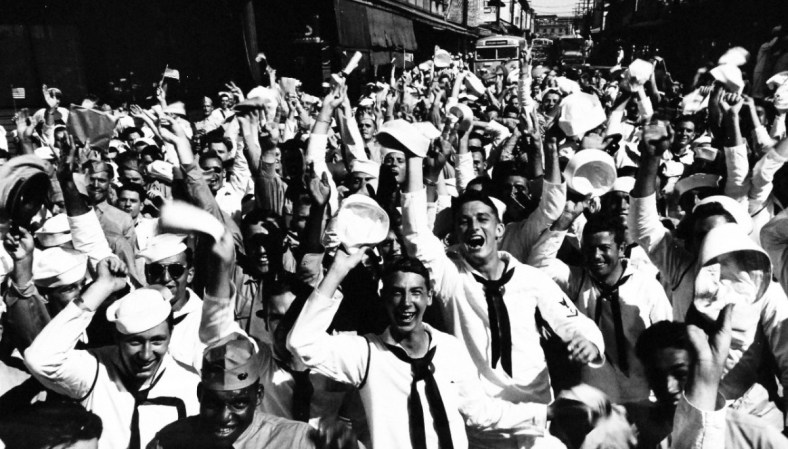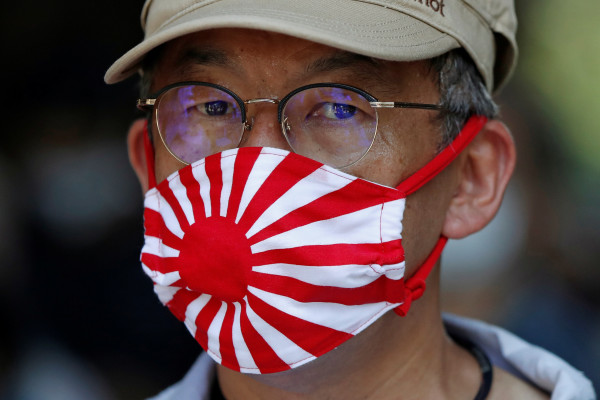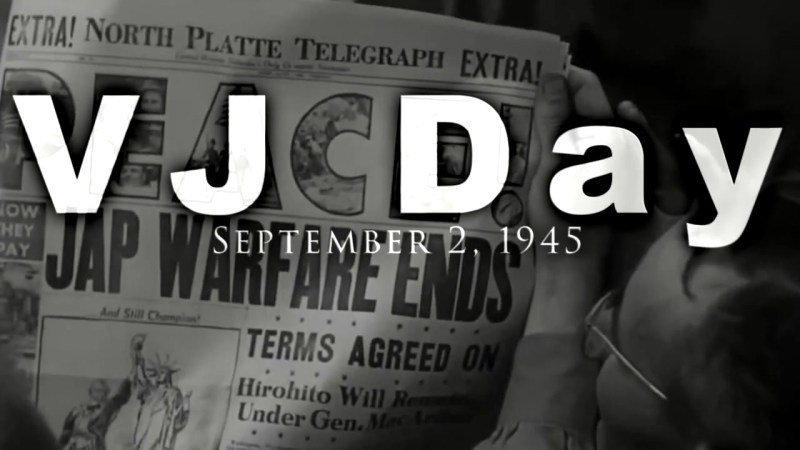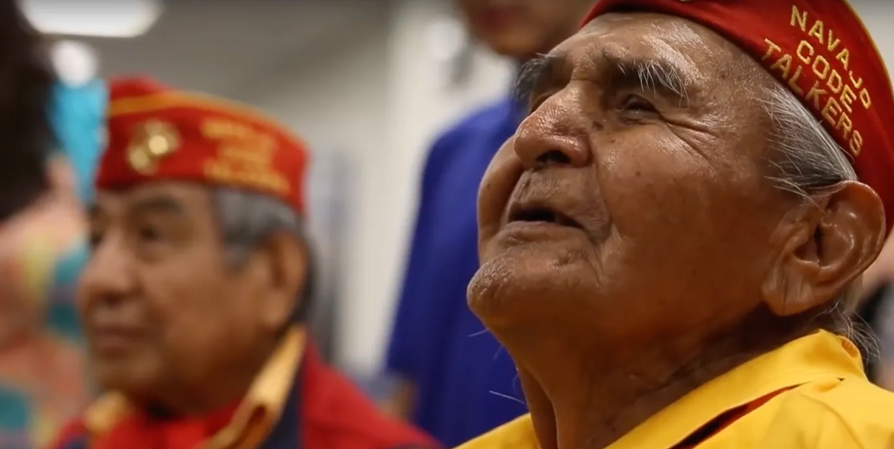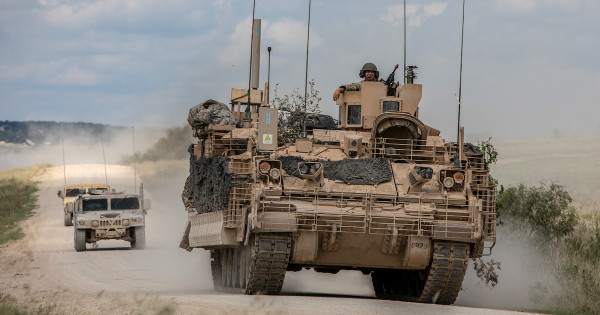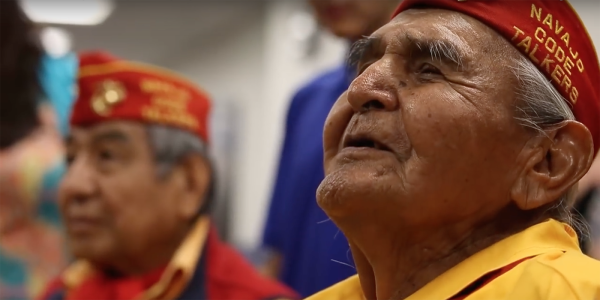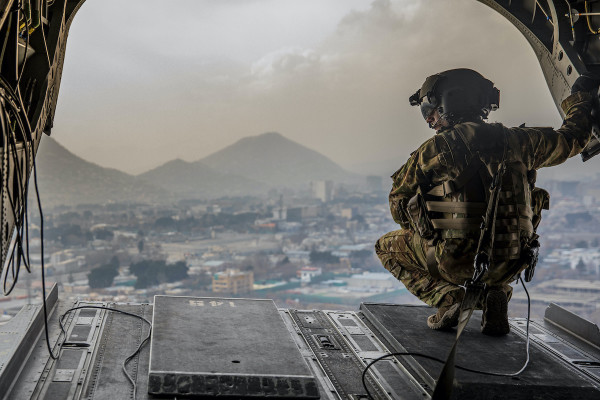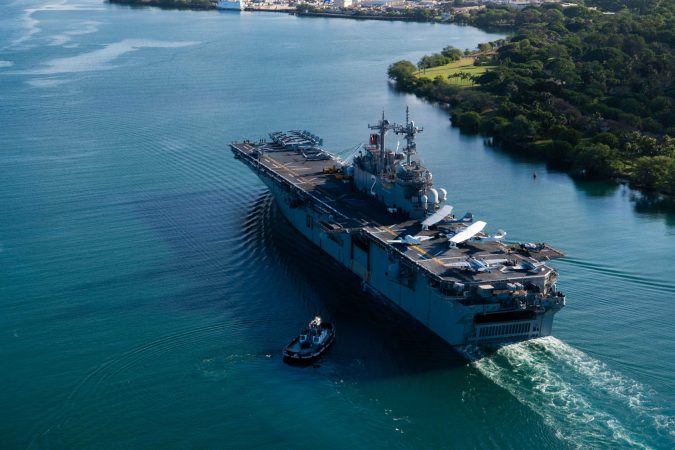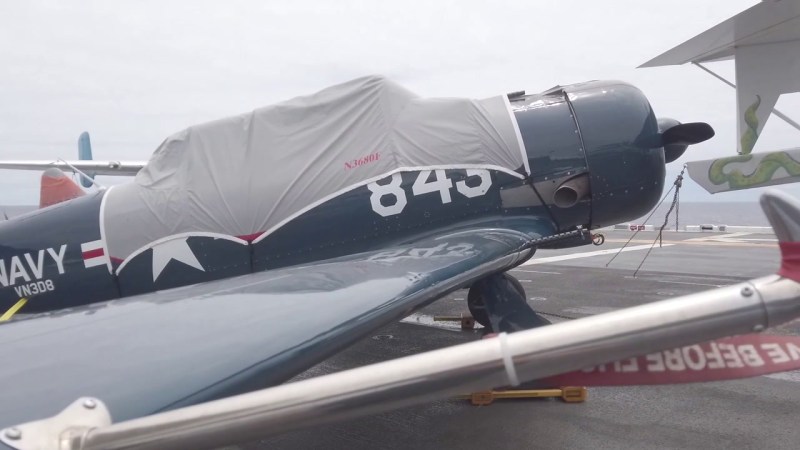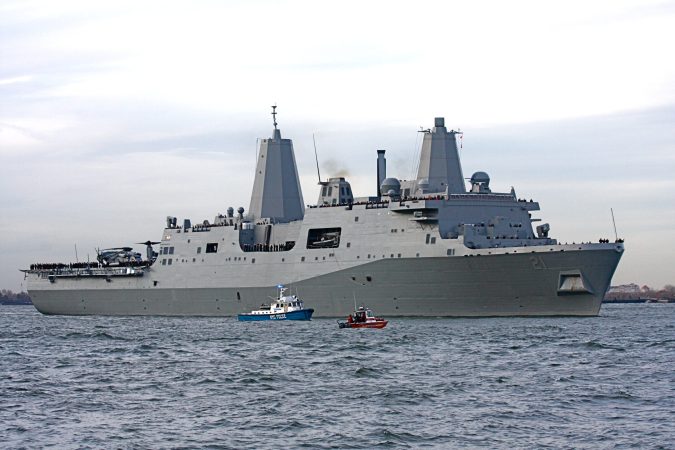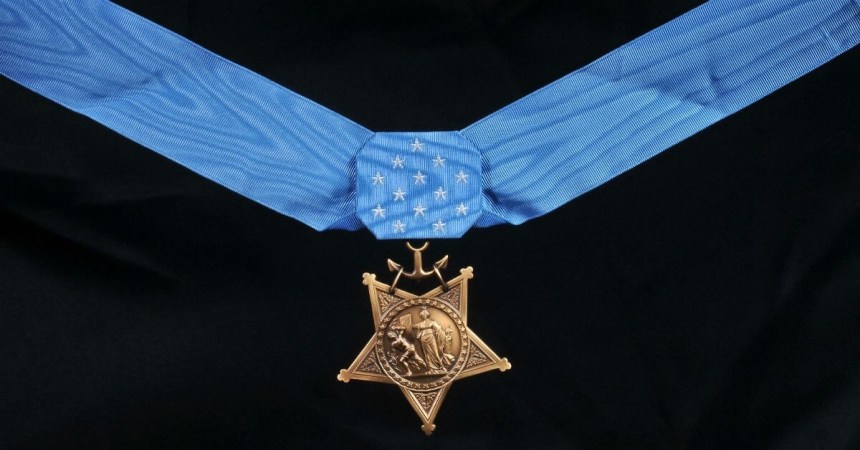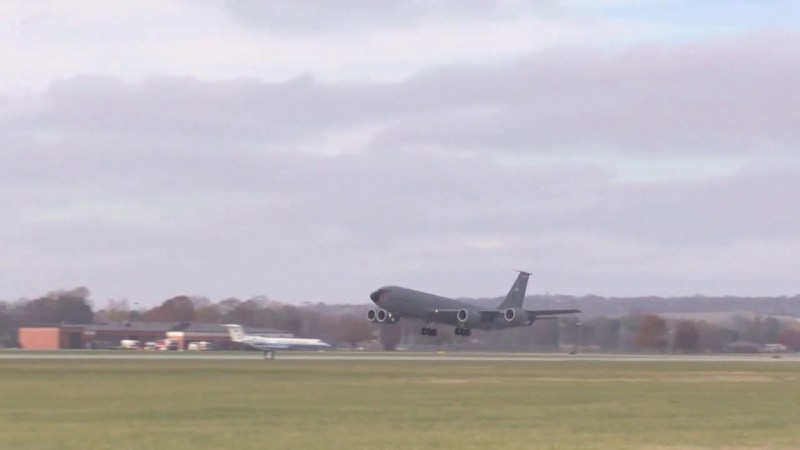A happy soldier is a motivated soldier. And what better way to raise the morale of troops than a floating dance hall, movie theater, canteen, and a brewery producing 250 barrels of English-style ale per week?
That was the thinking behind the HMS Menestheus, the Royal Navy’s floating brewery. Outfitted as an amenities ship, the Menestheus was designed to offer a respite for soldiers and sailors fighting in the Pacific during World War II.
Now, the Royal Navy is known for its drinking culture. After all, this is the organization behind grog and the rum ration. Getting beer to the far-flung battlefields of the Pacific theater was a problem in those days, though.
As delicious as it may be, beer can be troublesome to ship long distances. Drastic changes in temperatures, exposure to sunlight, how it’s stored, and how long it’s been since it was brewed can all affect the beer’s taste, and not for the better.
Given how long the supply runs were from England or the United States across the Pacific, that meant that by the time those beers found their way into the canteens of soldiers and sailors, they often tasted rather foul. Skunked beer isn’t the greatest morale booster, after all.
That’s where the Menestheus, and other proposed amenities ships, came in: They could brew the stuff onboard.

A former passenger liner launched in 1929, the Menestheus had spent the first several years of the war as a minelayer in the Atlantic. By 1943 that mission was complete, and the Menestheus, along with sister ship HMS Agamemnon, was selected for her next, sudsier job.
The Menestheus was sent to Vancouver, Canada in 1944 for the conversion process. In addition to a dance hall and a theater, the hull was fitted with a 55-barrel brewing pot, heated from steam coils powered by the ship’s boiler. There were also six fermentation tanks, allowing the Menestheus to produce 250 barrels of beer a week.
The beer could be stored in stainless steel kegs or one could enjoy a pint at the ship’s Davy Jones bar.
George Brown of Truman’s Brewery, at the time one of the largest breweries in England, was recruited to oversee the onboard operation and commissioned as a Royal Navy officer.
For any craft beer aficionados, be forewarned — there was only one item on the menu, a mild English ale of about 3.7% ABV.
A 1947 article from the Journal of the Institute of Brewing describes the ingredients as “distilled sea water, special brewery mash malt extract and hop concentrate.”
Simple, but it does sound like it would go down well while resting and recuperating after a battle in the Pacific.
Ultimately, the conversion process to the amenities ship outlasted the war. The Menestheus produced its first batch of beer on New Year’s Eve, 1945.
With the war over, plans to build a total of 10 of these floating breweries were abandoned — much to the dismay of subsequent generations of soldiers, sailors, airmen, and Marines. With tens of thousands of troops still on occupation duty, though, the Menestheus did make a tour of the Pacific, stopping at Yokohama, Kure, Shanghai, and Hong Kong.
With the Pentagon looking to retire 24 ships, including nine of the troubled Freedom-variant Littoral Combat Ships, it might not be such a bad idea to draw inspiration from the Menestheus. For a ship that has often struggled to find a mission, has the Navy considered outfitting a few of these as floating breweries for the 21st century?
The latest on Task & Purpose
- The Marine Corps is headed for a pilot exodus
- ‘The king of battle’ — How US artillery in the hands of Ukrainians may reshape the war with Russia
- Marine intel instructors got caught calling students ‘whore’ and ‘slut’ in private chat. No punishment was recommended
- How to pass the new Air Force fitness test, according to a guy who oversaw 600 of them
- ‘Dirt boyz,’ ‘Port Dawgs,’ and ‘Red Horse’ — A guide to Air Force lingo for the rest of us
Want to write for Task & Purpose? Click here. Or check out the latest stories on our homepage.

